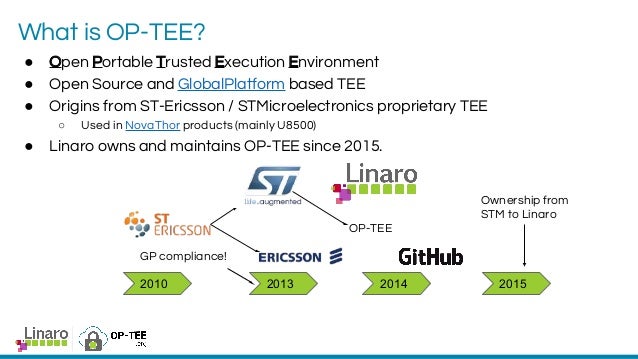Level 22 & 23, The Pinnacle. Persiaran Lagoon, Bandar Sunway. 46150 Petaling Jaya, Selangor Darul Ehsan, Phone: +60 3 5021 6200. Fax: +60 3 5021 6201. Ericsson EMP (now ST-Ericsson) demonstrated the world's first end-to-end LTE call on handheld Ericsson demonstrated LTE FDD and TDD mode on the same base station platform. Freescale Semiconductor demonstrated streaming HD video with peak data rates of 96 Mbit/s downlink and 86 Mbit/s uplink. MUNICH, Germany Wireless chip joint venture ST-Ericsson (Geneva, Switzerland) has managed to reduce its operating loss significantly in Q3. The positive trend is a result of both cost control and market recovery. ST-Ericsson has entered an agreement to sell its global navigation satellite system (GNSS) division to Intel. Mobile electronics firm ST-Ericsson has developed a Linux-based chip platform that could cut the wholesale price of smartphones to less than €100. Share this item with your network: By.
- St-ericsson Network & Wireless Cards Driver Download For Windows Xp
- St-ericsson Network & Wireless Cards Driver Download For Windows 10
- St-ericsson Network & Wireless Cards Driver Download For Windows 8
ST-Ericsson will be creating chips incorporating technology from IP Wireless, in the hope that pushing the tech into the silicon will get broadcast TV into the empty wavelengths.


The deal will see ST-Ericsson designing chip sets with an IP Wireless IMB stack built in, enabling manufacturers to add broadcast TV reception to handsets with a minimum of effort. So still a long way from watching Eastenders at the bus stop, but at least it might fill that empty 20MHz of spectrum that UK operators are sitting on.
IP Wireless has been selling the dream of broadcast data in that spectrum for a while, and various trials are running around the world, but the cost of creating compatible handset is a significant barrier to entry. If ST Ericsson can embed the technology in the chips it already supplies to manufacturers then it could become an easily-added option, like GPS or Bluetooth, making operators more willing to ask manufacturers for it in order to fill their empty wavelengths.
In the UK those wavelengths cover 20 Mhz, running from 1.9GHz upwards, and were licensed as part of the 3G auction, but they are reserved for Time Division Duplex technology, which never took off. All the operators except Vodafone have a share of the band, which sits empty while Frequency Divisioned UMTS (3G as we know it) is squeezed into the remaining space.
The situation is replicated around the world (even Vodafone wasn't so farsighted in every territory), so the GSMA created Integrated Mobile Broadcast (IMB) which slips within the TDD licence requirements and can easily be added to existing base stations once handsets support it.

St-ericsson Network & Wireless Cards Driver Download For Windows Xp
The business case for broadcast to mobile is far from proven; selling live TV on a handset has pretty much been debunked as a business model and IMB's backers like to talk about caching content on handsets and delivering network updates rather than sending out live media. The revenue from such activities is less tangible, so the costs have to be much lower. If ST-Ericsson can provide IMB as an incremental option then perhaps it will become the default, which might push operators to deploy the technology – particularly as it now seems that (in the UK at least) those 3G licences aren't going to expire.

St-ericsson Network & Wireless Cards Driver Download For Windows 10
But that's a lot of ifs, which can be countered by one more: if LTE lives up to even half of its promise, then the business case for broadcast content will be eroded almost entirely. ®
St-ericsson Network & Wireless Cards Driver Download For Windows 8
